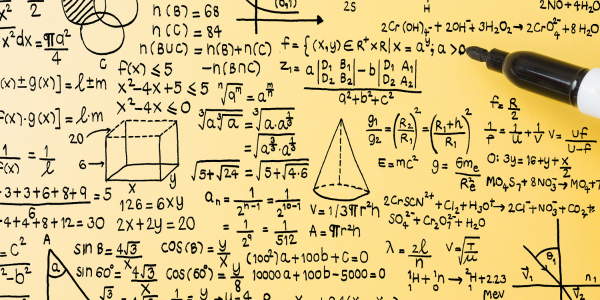Introduction
Excel is a powerful tool for managing data and performing complex calculations. Among its most advanced features are array formulas and functions, which allow you to perform operations on multiple values at the same time. These functions not only improve efficiency but also reduce the chance of errors by automating repetitive tasks. In this article, we will explore in detail how to use array formulas and functions in Excel to streamline your workflow and simplify complex tasks.
What are Array Formulas and Functions in Excel?
Array formulas and functions in Excel are those that work with ranges of cells, rather than operating on a single cell at a time. These formulas allow calculations to be performed simultaneously on multiple cells, which is extremely useful when working with large data sets.
Advantages of Using Array Formulas
- Efficiency: They allow complex calculations to be performed more quickly by operating on data ranges.
- Error Reduction: They automate repetitive processes, which minimizes human errors.
- Flexibility: They can be combined with other functions to perform more advanced analysis.
How to Create an Array Formula in Excel
To create an array formula in Excel , you need to select the range of cells in which you want the results to appear. Then, type the formula as you normally would, but instead of pressing "Enter," you need to press "Ctrl + Shift + Enter." This tells Excel that this is an array formula.

Basic Example of Array Formula
Suppose you have two columns of numbers and you want to multiply each number in the first column by the corresponding number in the second column and add up all the products. With a normal formula, this would require several steps, but with an array formula , you can do it in one step:
=SUM(A1:A10 * B1:B10)
By pressing "Ctrl + Shift + Enter", Excel will perform the array operation and return the result in a single cell.
Common Matrix Functions in Excel
1. MULTIPLY.MATRIX
The MATRIX function is used to multiply two matrices. This function is especially useful in statistical and mathematical analysis where matrix multiplication is required.
Example of Use:
If you have two matrices, one in range A1 and one in C1, the formula to multiply them would be:
=MULTIPLY.MATRIX(A1:B2, C1:D2)
2. TRANSPOSE
The TRANSPOSE function converts rows to columns and vice versa. This function is useful when you need to rearrange data in your spreadsheet.
Example of Use:
If you want to transpose the data from range A1 to another range, you would use:
=TRANSPOSE(A1:C3)
Remember to press "Ctrl + Shift + Enter" so that Excel recognizes the formula as a matrix formula.

Dynamic Matrix Formulas
Since Excel 2019, dynamic array formulas have been introduced that allow working with data that changes in size. These formulas automatically expand to fit the size of the input data.
Important Dynamic Functions
- UNIQUE: Returns a list of unique values from a range of data.
- FILTER: Filters a range of data based on user-defined criteria.
- SORT: Sorts a range of data based on one or more criteria.
Example with the FILTER Function:
If you have a data range A1 and you want to filter the rows where the value in column A is greater than 5, you can use:
=FILTER(A1:B10, A1:A10 > 5)
This formula will return all rows in the range where the condition is true.
Practical Use Cases of Matrix Formulas in Excel
Sales Analysis
Imagine that you work in the sales department of a company and you need to analyze sales performance by region. You can use a combination of array formulas to sum the sales totals by region and calculate the average sales.
Inventory Management
For inventory management, matrix functions can help you automatically calculate the number of products that need to be reordered based on current inventory levels and the established reorder point.
Budgets and Finance
In the financial field, matrix formulas can be used to perform depreciation calculations, cash flow analysis, and financial projections, facilitating work with large volumes of financial data.

Tips for Working with Array Formulas in Excel
- Plan Your Formula: Before you create an array formula, plan the cell ranges you will need.
- Check Results: Always check the results of array formulas to make sure they are correct.
- Use Range Names: Use range names to make your formulas more readable and easier to understand.
Conclusion on formulas and matrix functions in Excel
Array formulas and functions in Excel are powerful tools that can transform the way you manage and analyze data. Whether you're working in financial analysis, inventory management, or any other field that requires complex calculations, these functions can help you improve your efficiency and accuracy. Feel free to explore more about array formulas and how they can apply to your specific needs.














